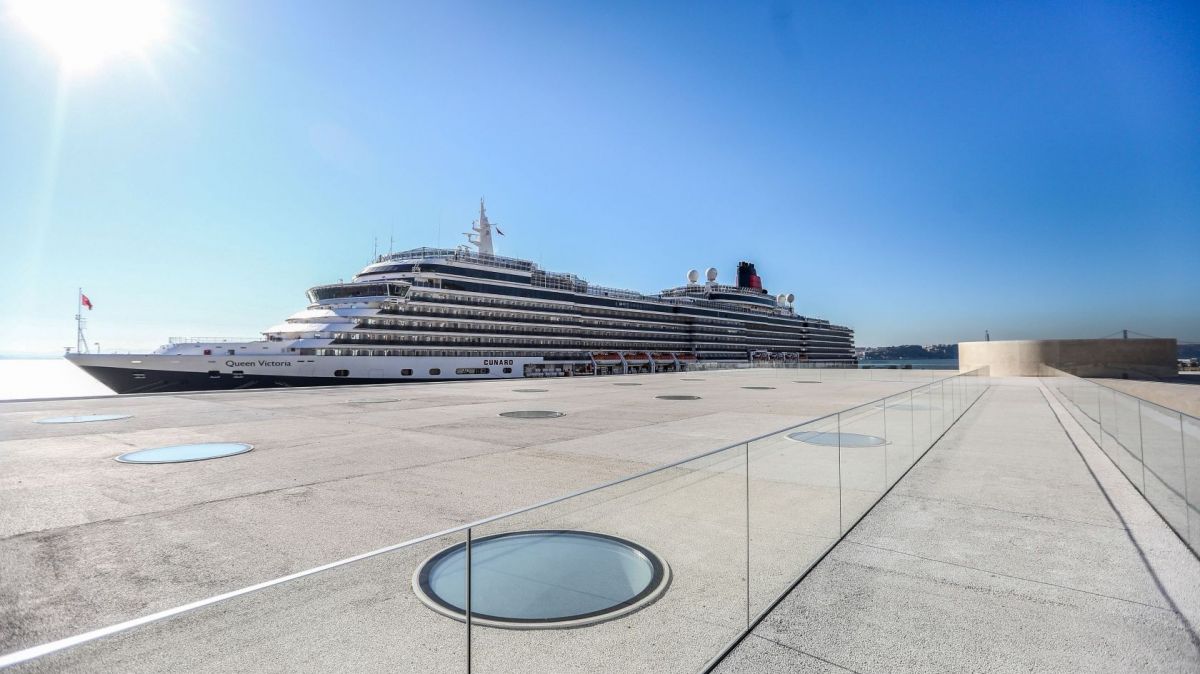Mr Bogas admitted that there are some legal constraints to screening passengers in queues for buses and trams, but said the company is exploring the possibility. “If someone has a valid ticket, it’s hard to say ‘you can’t board’,” he explained. Carris is preparing a request for clarification from the transport regulator, ATM, to address these legal issues.
Mr Bogas said it’s “out of question” to operate an illegal system, adding that vehicle capacity is the key challenge. “The biggest pressure is on Tram 28, which resumed service on 19 May after works that caused us to lose over a million passengers since last June,” he said.
He highlighted Tram 28’s huge demand, connecting Martim Moniz and Campo de Ourique and sharing part of its route with Bus 12. “At Martim Moniz, you’ll see no queue for the 12 but a long one for the 28 – it’s the brand that matters,” he said.
For regular commuters, comfort and reliability are more important, he said. Trams are less practical than buses, particularly when full or affected by poor parking. Carris has bought new mini-buses, ideal for the narrow route of the 28, and plans to buy three more.
Differentiating queues for residents and tourists is already in place at Santa Justa lift, where most passengers are tourists. Similar measures may be introduced for the Graça funicular, pending legal clarifications.
According to the Instituto Nacional de Estatística (INE), Lisbon saw 21 million overnight stays in 2024, a 4% rise from 2023, accounting for 26% of national demand. Lisbon’s tourism revenue last year reached €2.1 billion.
Carris, operated by Lisbon City Council, runs 777 buses, 64 trams, three funiculars, and one lift, with 2,505 staff.
















